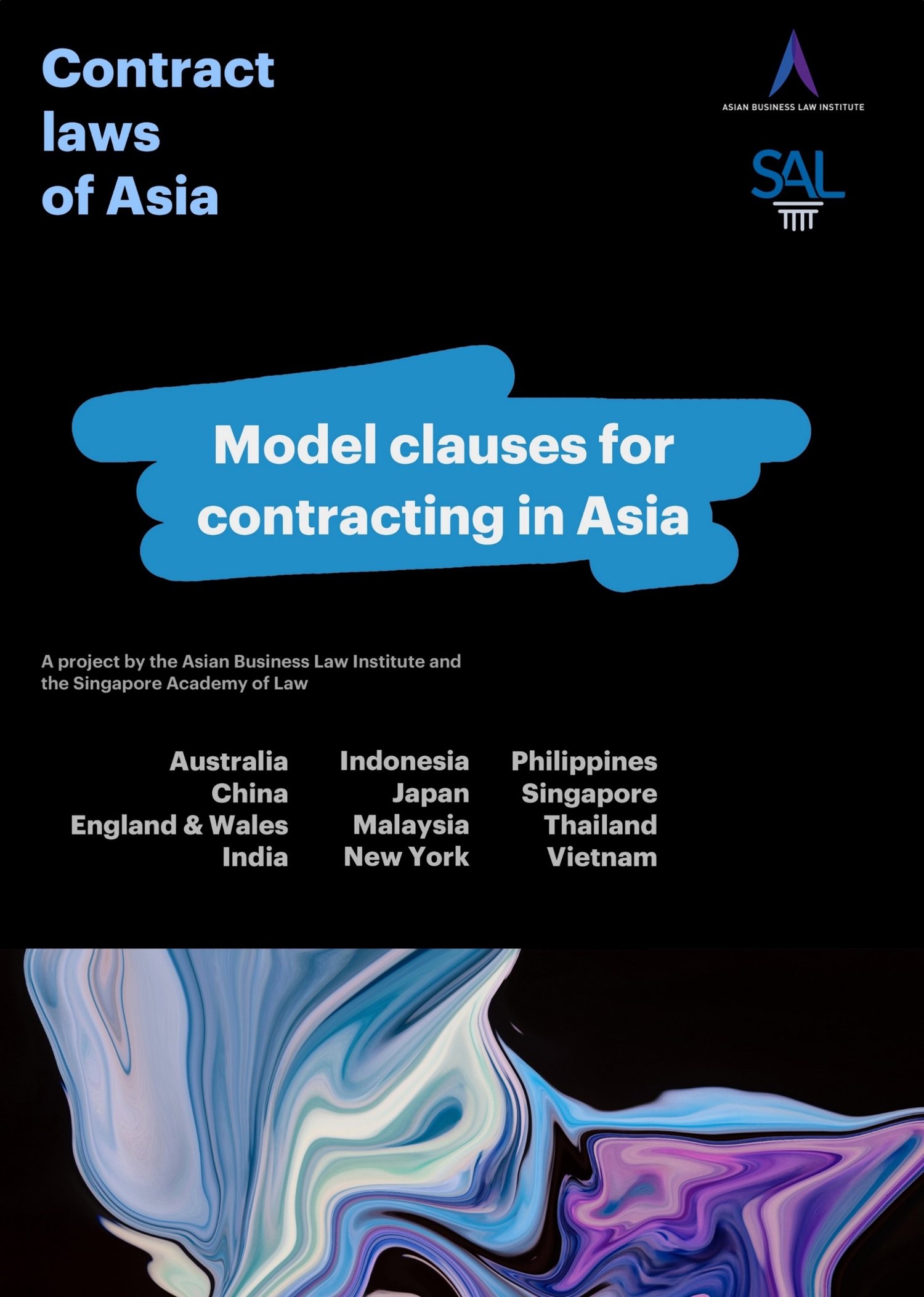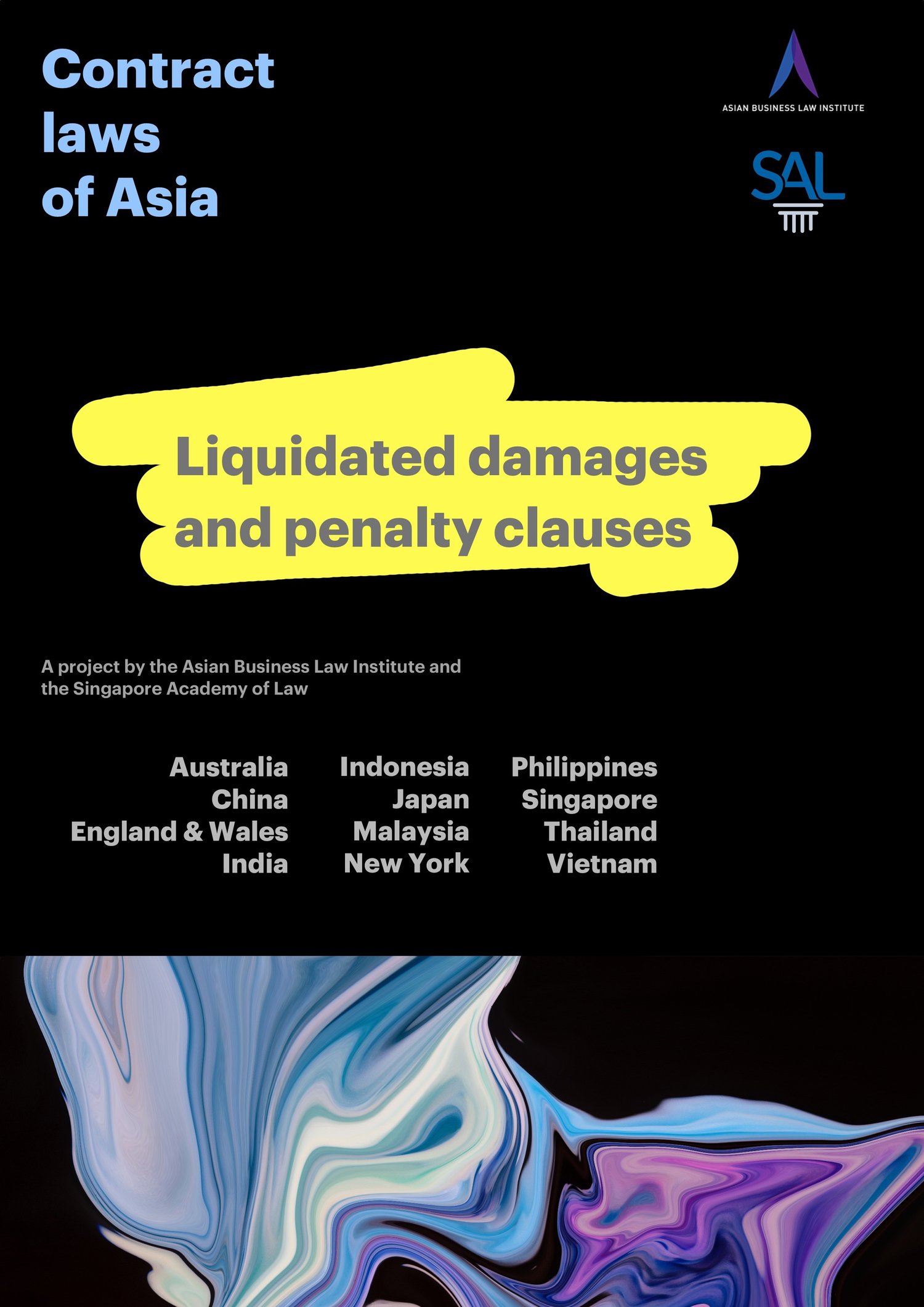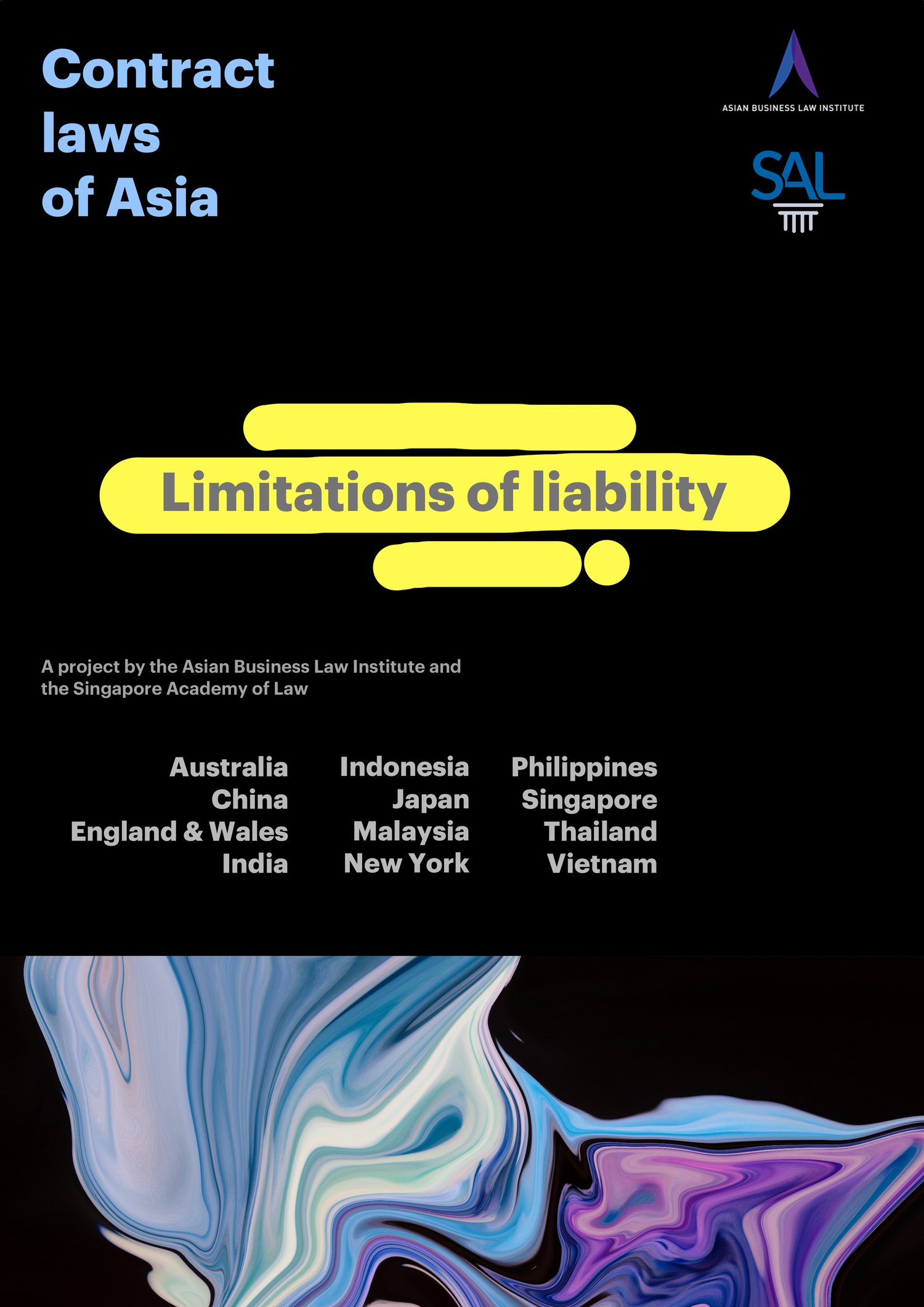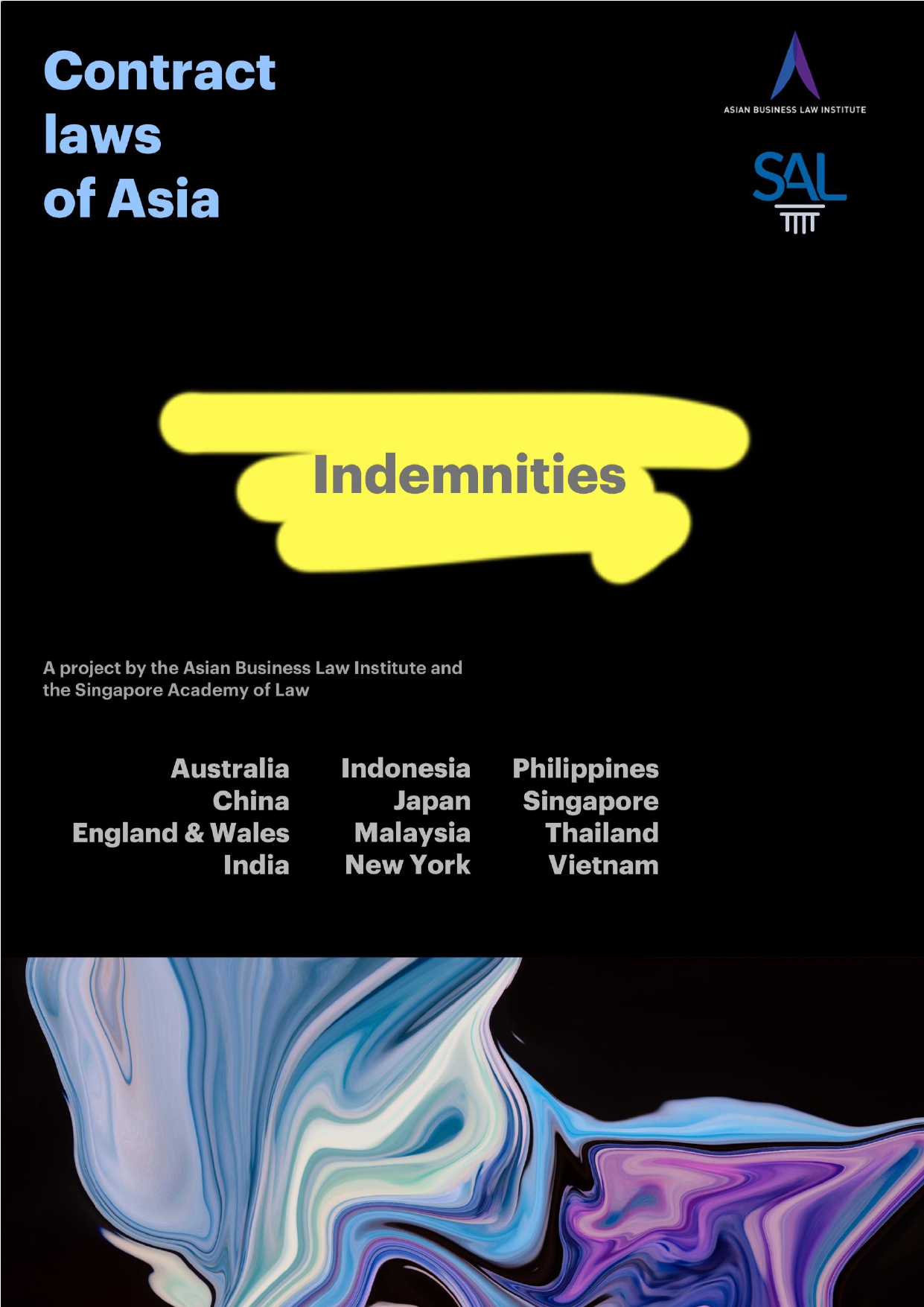
[Full version] Model Clauses for Contracting in Asia
Model Clauses for Contracting in Asia (Full Version)
Asian Business Law Institute and Singapore Academy of Law (March 2023)
When a business in one country (country A) contracts with a business in a second country (country B), a question arises: the laws of which country should govern any disputes between us about this contract? The laws of country A or country B? Or another country (country C)?
The answer to this question is complicated by the heterogeneity of contract law across countries. Specifically, contract law, the source of contract law, legal labels and language all vary across countries.
Given these issues, the choice of law made by the parties will often result in one of the parties entering into a contract governed by the laws of a jurisdiction with which they are not familiar. Further, if the parties choose a third law (often called a neutral governing law) to govern their contract (e.g., the laws of country C), this may result in both parties being unfamiliar with the laws that govern their contract.
Unfamiliarity causes uncertainty and uncertainty increases the cost of doing business across borders.
The Model Clauses aim to ameliorate some of the above problems by providing (to the extent possible) parties entering into cross-border contracts, governed by the laws of select jurisdictions, with a framework that is neutral as to the governing law chosen as well as the subject matter of the contract.
That is, each model clause is designed to ensure that it “works” (i.e., is enforceable) irrespective of which Jurisdiction is selected as the governing law and irrespective of the subject matter of the contract.
Jurisdictions considered by the Model Clauses are:
- Civil law and hybrid jurisdictions: China, Indonesia, Japan, the Philippines, Thailand and Vietnam
- Common law: Australia, England and Wales, India, Malaysia, New York law, Singapore
This is a fully-cited, 113-page publication where contents are internally and externally hyperlinked to offer readers an easier navigation experience.
Table of content
Background
- Understanding the Problem
- Understanding the Model Contract Clauses
- Limitations
- Contract Laws of Asia
- Acknowledgements
- References
Governing law clause
- Model clause
- Purpose
- Specifying the jurisdiction whose laws govern
- Specifying the laws of the selected jurisdiction that govern (and those that don’t)
- Specifying what the specified laws of the selected jurisdiction govern
- Variations
- References
Third-party indemnity clause
- Model clause
- Purpose
- The language of the obligation
- Disentitling conduct
- Machinery of the parties’ obligations
- Variations
- References
Limitation of liability clause
- Model clause
- Purpose
- Breach-of-contract damages for which the parties are not liable under the law
- Breach-of-contract damages for which the parties are liable under the law
- Limiting liability for breach-of-contract damages
- Exemptions from the limited liabilities
- Variations
- References
Appendices
Excluding the CISG
- Model clause
- Purpose
- Application of the CISG
- Excluding the CISG
- References
Defining legal standards of conduct
- Understanding legal standards of conduct
- Understanding the problems
- Defining legal standards of conduct
- References



